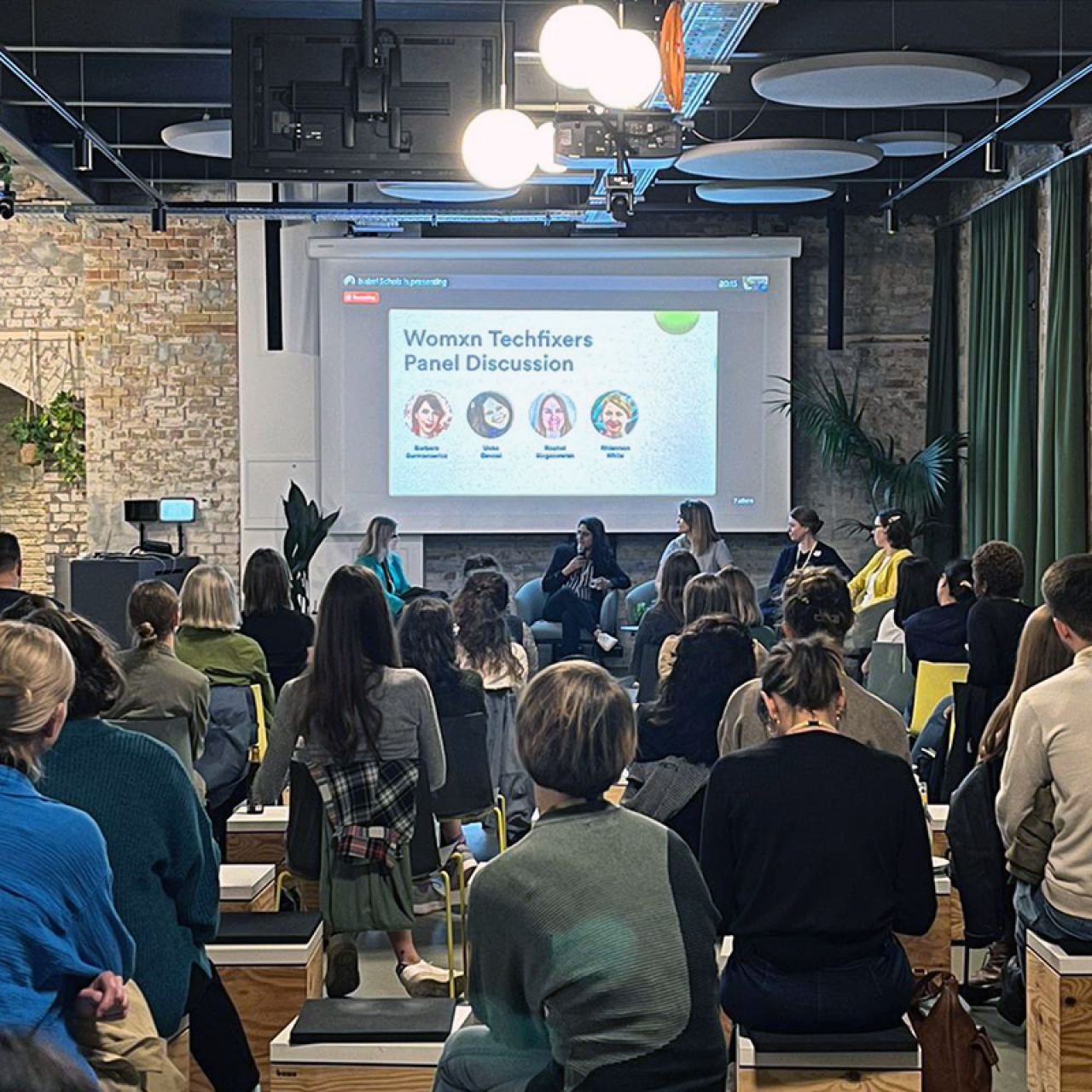Annapurna was delighted to recently gather some top talent leaders from some of the world’s biggest companies and have Beamery, a talent lifecycle management platform leader, join the roundtable to share their expertise. This time, we posed the question: What are your biggest hurdles in moving to a skills-based organisation?
Is it:
- An outdated culture and approach to jobs and talent management
- Not having access to dynamic and up-to-date skills data of your workforce
- A poor user experience, with data spread across multiple tools
As always Chatham house rules applied, so all the examples below are anonymised.
Find out in a video the key takeaways from this insightful event, and learn more in our article below.
The problem of too much/meaningless data
The conversation quickly moved towards the lack of up-to-date skills data.
One of the leaders made the point that at large organisations, if you do manage to have even 50% of employees update their skills, the “footprint” of the skills would be so broad as to be unmanageable. When there are social networking platforms that know more about our employees than we do ourselves, we know we have to find a solution.
This problem is further compounded by the accelerating rate at which ‘new skills’ (for eg. prompt engineer) and variations of existing ones (for eg. the difference in ‘product/production manager’ roles from company to company) are emerging.
We must embrace the role of AI as a means to understand things that humans will struggle to solve. Which skills are transferable? Where is the market going?
Beamery’s universal skills platform tries to consolidate and normalize mitigating the old challenge of ‘garbage in garbage out’. The fact that it is contextualized to a company’s use case as against being a one-stop shop for skills was another factor that left some of the attendees excited.

Overcoming apathy and inertia
Running contrary to the abundance of skills data – which creates noise – is the lack of proactivity in some elements of the workforce.
Addressing the challenges of changing established practices and emphasising the need to challenge the status quo is becoming a cliché within organisations but the acceleration of technology and skills means that the only constant is the change we need to adapt to.
One talent leader asserted that skills adjacencies and AI-driven skills matching is needed to overcome the apathy. Hiring managers and line managers should be leveraged to validate skills. Perhaps gigs, projects and short-time roles can also be used in this regard to foster trust and show the system working in a shorter time frame than typical promotion and internal mobility cycles.
One of the attendees shared an anecdote of how they did a ‘gig’ in a team outside of their own, gained new skills through it and now as a result, the company’s internal marketplace is suggesting other relevant short-term roles to them.
The discussion led to the group talking about how we must start reconsidering how we hire and thinking less about recruiting a person for a role, and instead recruiting a person with an array of skills that can be utilised across an organisation in a plethora of ways.
This might be the answer to reducing the time to hire in some tough-to-hire niche roles.

Market drivers create urgency to understand specific skills
One of the attendees spoke about their company having acquired another and the urgent need to understand the skills this created. In the tight economic environment, efficiently deploying resources is key and hence a holistic view of skills can come in quite handy.
We know that the average IT/Tech employee will have to reinvent themselves 5 times in their career, so how can we help them get in front of the curve and drive it?
Through conversations with various customers, Beamery has seen skills-based transformation aid in and facilitate several transitions including:
- Expansion
Growth demands outpacing our hiring capabilities and resourcing needs.
- Disruption
The shift to fractional work and demand for critical skills is required to deliver on your objectives.
- Reduction
There is pressure to cut costs and manage re-org without impacting business outcomes.
- Efficiency
Businesses are always on and need to get the right talent and skills to key projects, faster.
- Forecasting
Businesses must mitigate risk, by getting better at succession planning and matching skills supply with demand.
And of course
- Acquisition
Expansive M&A strategies that require effective integration of new talent.
Transitioning to a skills-based organisation is not as simple as a plug-and-play piece of technology but the benefits of making the shift will move organisations to be future-ready and have a competitive advantage that will have huge impacts on the bottom line. HR’s time to show real business benefits and create financial value is now.
Want to find out how Beamery can help across the following elements of HR? Set up a conversation today!
If you’re interested in reading more, please check out their whitepaper here: Becoming a skills-first organization


